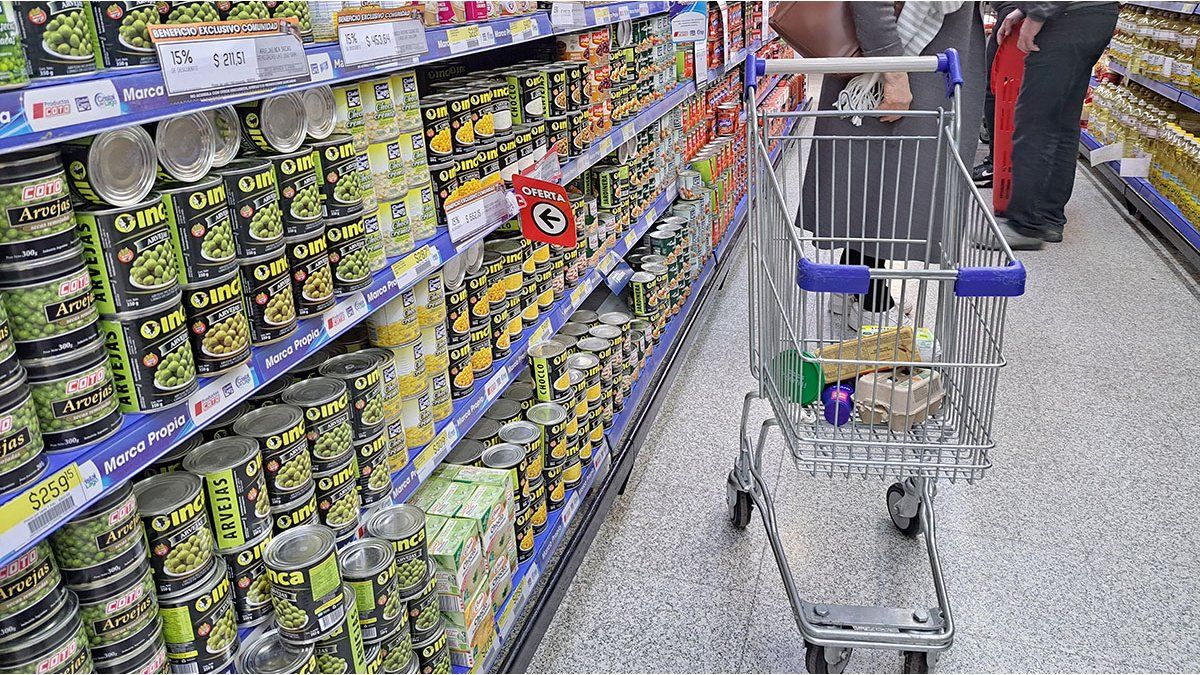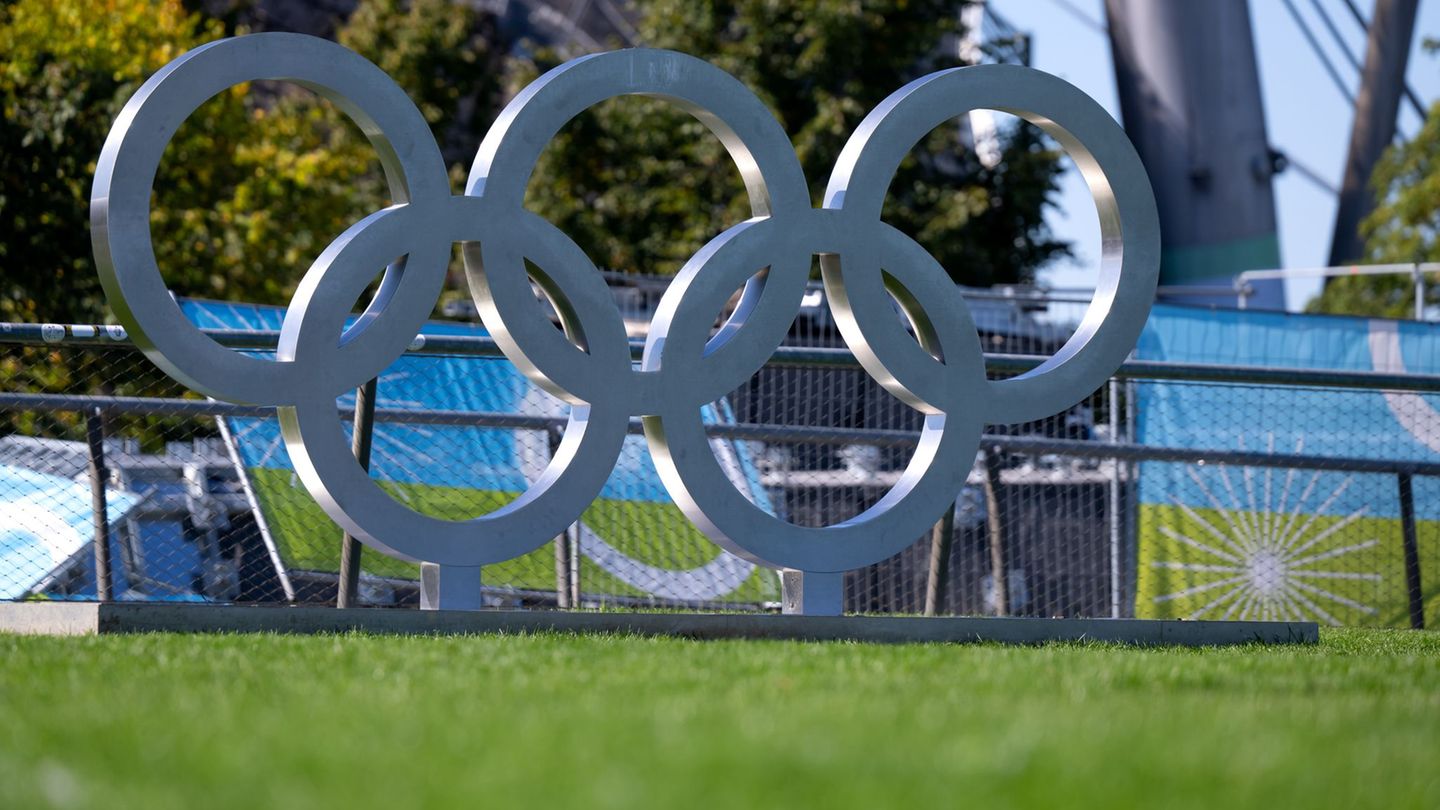After the strong jump recorded in August, the inflation returned to double digits in September. This is clear from the different surveys of private consulting firms, which highlight that once again the sector food was the one with the highest incidence within the variation of the CPI. Looking at what may happen in October, although a new moderation of the index is expected, even at very high levels, the analysts consulted reviewed a series of factors that could add pressure to the prices: the uncertainty around the elections and the volatility of Dollars alternatives, added to possible “defrosts”, are some of them.
After 12.4% monthly recorded in Augustdifferent consulting firms estimated inflation around 11% for September. This is the case of C&T, which by August had measured 11% and reported the same figure in September. “The strong monthly variation was greatly influenced by the drag left by the general increase in prices that took place in the second half of August, after the post-election jump in exchange rates. In weekly behavior, a moderation was detected throughout the monthreflecting that there was a specific adjustment to the change in exchange rates. This helps October start with a lower level of inflation“, they explained from the consulting firm.
He CPI of the Libertad y Progreso Foundation also had an evolution of 11% monthly in September (in August it had been 10.7%). “The September data represents a decrease in the monthly variation rate of the price index of 1.4 percentage points in relation to the previous data reported by the INDEC,” the firm stated.
“The ‘Food and non-alcoholic beverages’ category showed an increase of 10.2%, with an incidence of 2.4p.p. in the index. Despite being the one that contributed the most to the rise in inflation, there were eight items where the magnitudes of the variations were higher and were in double digits. Among the most significant are ‘Restaurants and hotels’ with a variation of 17.4% and incidence of 1.9 pp, ‘Medicine’, with an increase of 12.2% and incidence of 1.1 p.p. and ‘Housing’, which increased 12.2% and had an incidence of 1.0%,” they detailed.
While, The CPI for the GBA of Orlando Ferreres showed an increase of 10.7% in September (it had been 12.2%). “As for the main items, Leisure, Food and Beverages and Health led the increases for the month, registering monthly increases of 17.4%, 12.1% and 10.1% respectively, followed by Home Equipment and Operation and Clothing , which presented a variation of 8.3%”, they detailed.
Inflation: outlook for October
When analyzing what may happen with the evolution of inflation in October, Claudio Caprarulodirector at Analytica, told Ámbito: “August was a month of break for prices, the transfer of the exchange rate jump proved to be going at an even higher speed than in recent years, something to be expected in a high inflation regime. That leaves a high floor for the coming months, which may continue to rise depending on the evolution of the dollar. On October 23, regardless of the decision made by the Government, the Expectations about prices will be formed by what is done and said by whoever is guaranteed to take control in December or is still in the race.”.
While, Francisco Ritortoeconomist at ACM, stressed: “Considering that in September we expect inflation slightly above 11%, October is likely to remain elevated“, despite the fact that there are various agreements and price freezes that may contain prices a little until the elections.”
“As there are agreements that expire before and after the elections, It is likely that when the contained inflation is uncovered we will have a new inflationary spiral that keeps monthly inflation at a high floor“, said the analyst, who added: “In addition, the real exchange rate is already at similar levels (or even more appreciated) to what was observed prior to the devaluation jump after the PASO. If there is an objective of maintaining the competitiveness of the exchange rate, it is likely that another exchange rate jump will be necessary after the elections, with the almost immediate transfer to prices that has been occurring in a context of high inflation like this.
As for how inflation may continue in October, Ritorto concluded: “Obviously, Much depends on the outcome of the elections and the evolution of the dollar. So far, there does not seem to be a possible winner in the first round and everything points to a possible runoff, which would extend the electoral uncertainty until November and generate additional pressures on the dollar, and consequently, on prices.
Source: Ambito




